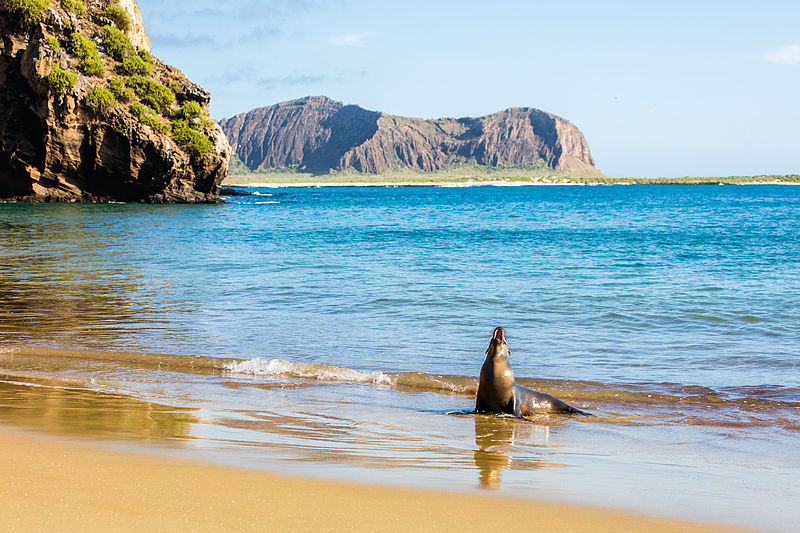As concern for our shared global biosphere rises, many are taking it to heart when it comes to travel, as well. Along with booming ecotourism, both providers and consumers in the travel and tourism sector are looking to promote tourism that's "sustainable" - a trendy buzzword, for sure, but one that simply means striving to minimise as much as possible any negative impacts on our increasingly beleaguered environment whilst allowing visitors to enjoy and learn more about it. And today we're taking a look at one of the pioneers of that effort: the 21-island Ecuadoran archipelago in the Pacific Ocean - a 2½-hour flight from Quito, 1½ from Guayaquil - and occupies a unique place in both history and science. I'm talking, of course, about the reknowned Galápagos Islands.
As many of you know, this UNESCO World Heritage Site made history 161 years ago as the subject and inspiration of Charles Darwin's On the Origin of Species, its remarkable population of endemic species leading Darwin to form his theory of evolution by natural selection. Said species include 32 types of mammals, 159 birds, and 28 reptiles - one of which in recent years became famous for being the last of his kind in existence. The giant Pinta Island tortoise dubbed "Lonesome George" died in 2012 at an age thought to be 101 or 102, and his body remains preserved on display at the Charles Darwin Research Station on the most populated island, Santa Cruz.

Replies